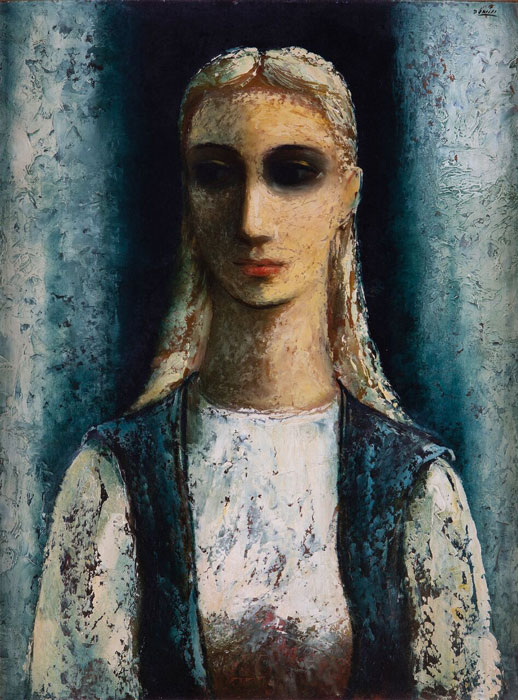
Daniel O’Neill has an equivocal reputation both in the current market place and amongst critics. His life verged on the tragic – marred by his alcoholism and his extreme bad luck with historical circumstances. Some see his dreamy romanticised females as facile and commercial – not quite the high-kitsch of Vladimir Tretchikoff’s much-reproduced Chinese Girl, but sailing close to that territory. But many other people like them for their mysteriously enigmatic qualities, emblems perhaps of forbearance on this vale of tears. A self-taught artist from a working-class background, the launch of his career was postponed by the start of the Second World War. He first enjoyed success with a near sell-out show at the Victor Waddington Gallery in Dublin in 1946. However, after a period in the sun, O’Neill struggled when Waddington closed their Dublin operation. He began drinking heavily and his work suffered. He eventually moved to London and disappeared from the Irish art scene for many years.
At auction he enjoyed a brief golden period between 2005 and 2008 when he regularly achieved six-figure results.
He was rescued from obscurity in 1969 by George McClelland, who gave him a studio and showed his work at his Belfast gallery. However, war intervened again, in the form of the Northern troubles, and the gallery was forced to close. O’Neill never recovered and died prematurely a few years later. At auction he enjoyed a brief golden period between 2005 and 2008 when he regularly achieved six-figure results. His highest price achieved was €228,000 at Sotheby’s in 2008 for the sumptuous Reclining Figure. In recent times his auction record has been pock-marked by not sold tags. Adam’s had modest expectations for Jeanie, painted in 1956 when O’Neill was still in his prime – it guided at €10,000 to €15,000. It went for a still very modest €23,000 – a fraction of what it would have yielded ten years ago. I suspect the market is currently undervaluing this original and distinctive painter, as when he is good, he is very very good.
John P O’Sullivan
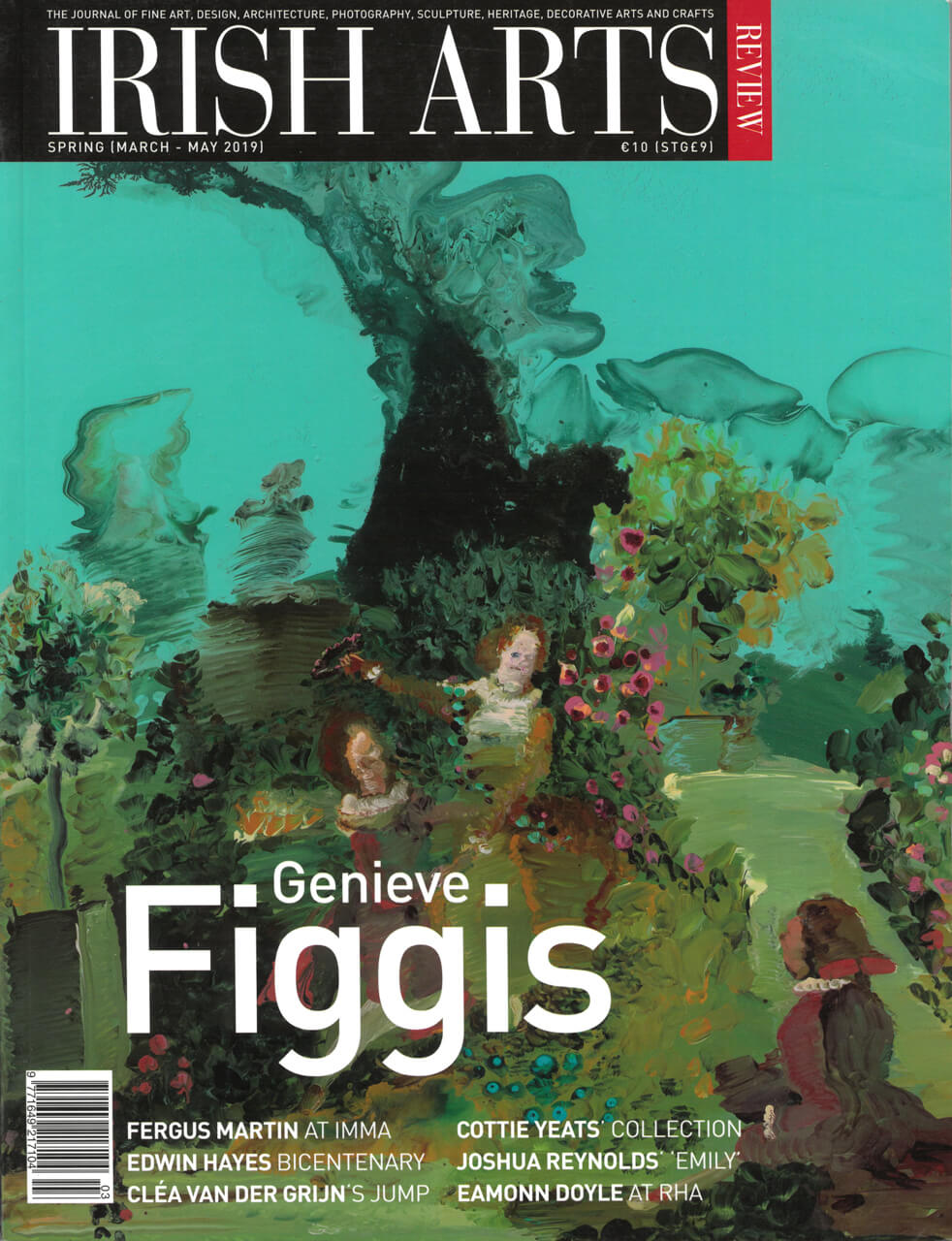
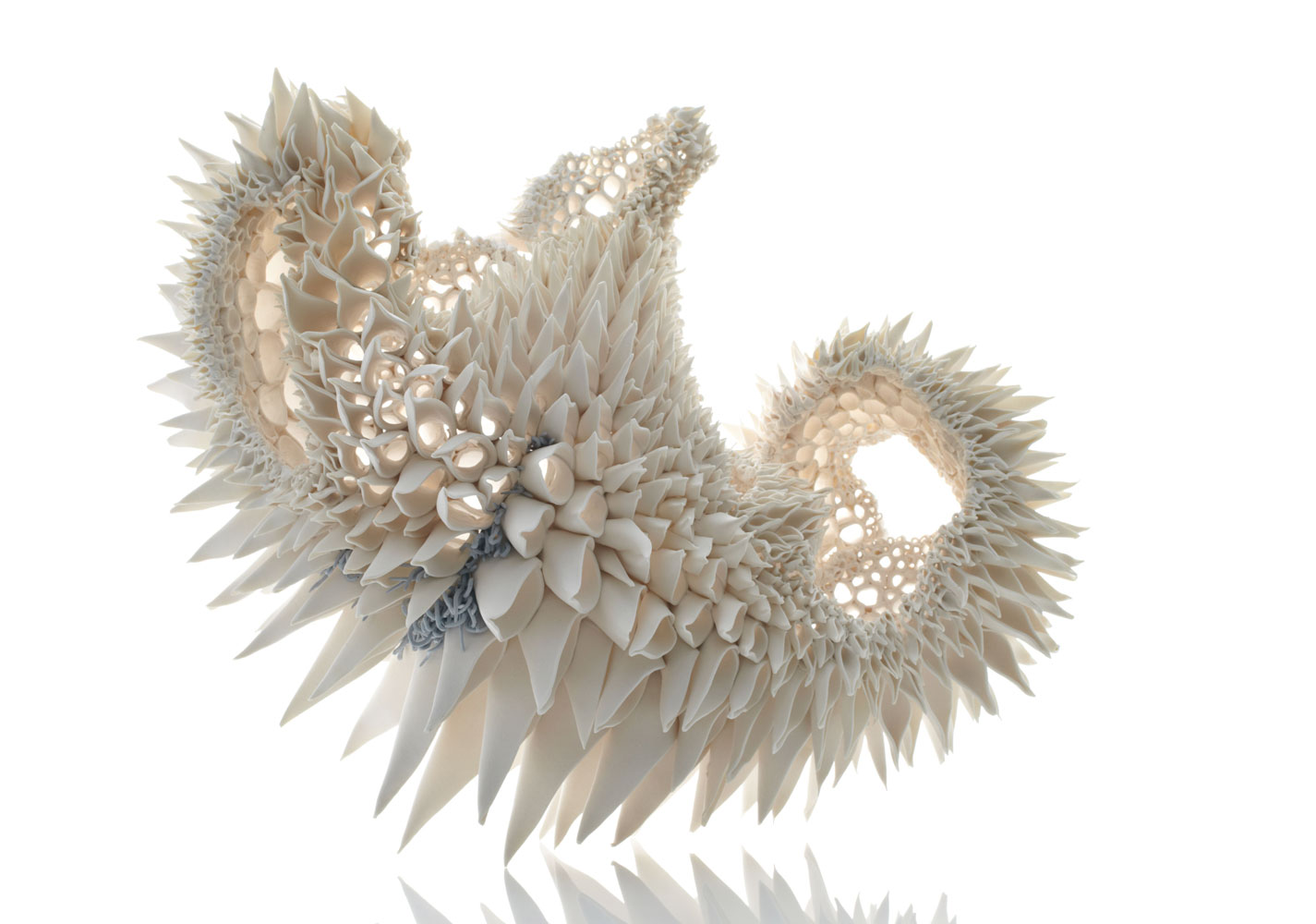
Research into theoretical principles across the fields of art, science and aesthetics imbue Nuala O’Donovan’s work, writes Mark Ewart
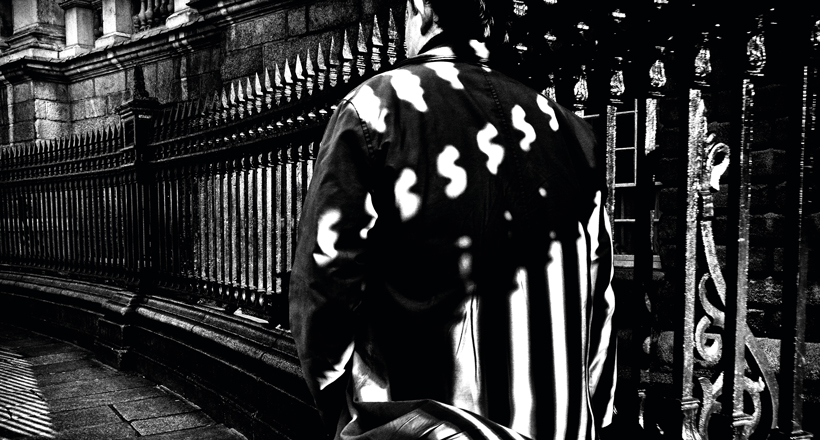
Eamonn Doyle’s portraits of Dubliners are unposed, untroubled by vanity and full of momentum, writes Stephanie McBride
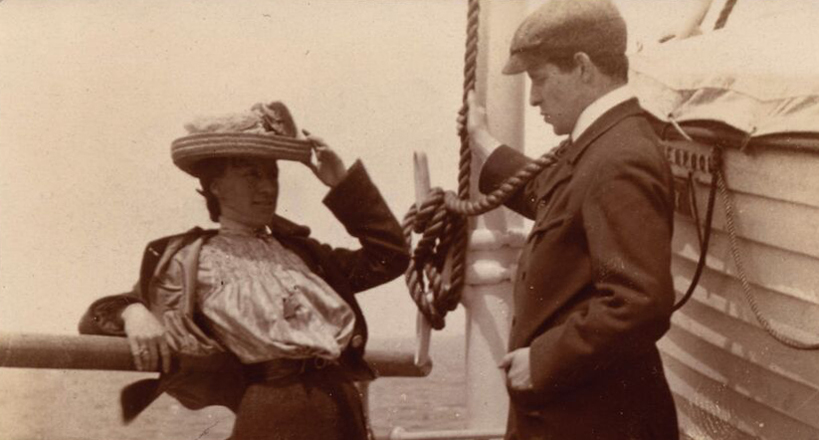
Rosemary Devereaux paints a picture of Mary Cottenham Yeats as a talented, resourceful artist in a variety of media